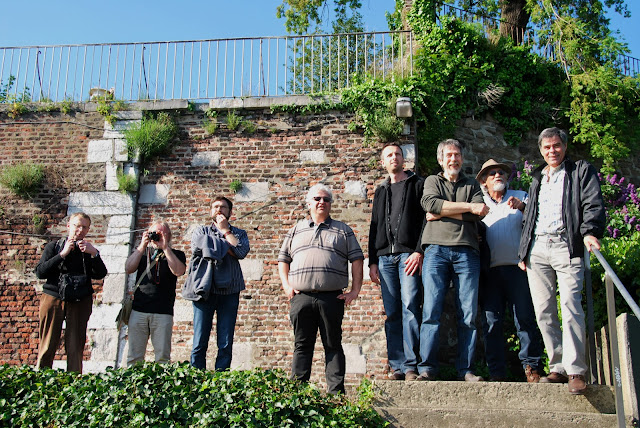 |
| Annual educational fieldtrip with my students ornamental woodcarving |
Annual
excursion- Educational fieldtrip of the course members
woodcarving
– ornamental woodcarving
For a number of years now I’ve been taking the students in my ornamental carving – woodcarving class on an annual fieldtrip. The Château Versailles is one of those places they really look forward to. Yet this year, I opted for a number of exquisite locations right here on Belgian soil.
The Château of Modave is unique because of its beautifully preserved historical interior and furniture, dating back to the period between the 17th and the 19th century.
At the Château Deulin we
were fortunate enough to experience the annual “Antiques & collectibles
fair”. Less fortunate was the fact that on this day the castle was closed to
the public.
The Château of Modave and the Château Deulin are two destinations
which are easily accessible by car. A visit is highly recommended!
On the
way back, we also visited the city of Liège, where we briefly went sightseeing
and where we visited the renowned Musée d'Ansembourg, a museum dedicated to the
18th century decorative arts and furniture of Liège. We ended this
exceptional day in a restaurant in the historical city centre of Liège.
Here are
some pictures of the day in question:
The Château de DEULIN
 |
| The Château de Deulin |

The Château de MODAVE
 |
| The Château de Modave |


Liège, sightseeing and the Musée d'Ansembourg
 |
| Liège |
 |
| City walk in Liège, Belgium |

 |
| Liège Style Furniture |
 |
| The d'Ansembourg Museum in Liège |

 |
| https://www.patrickdamiaens.info |





















